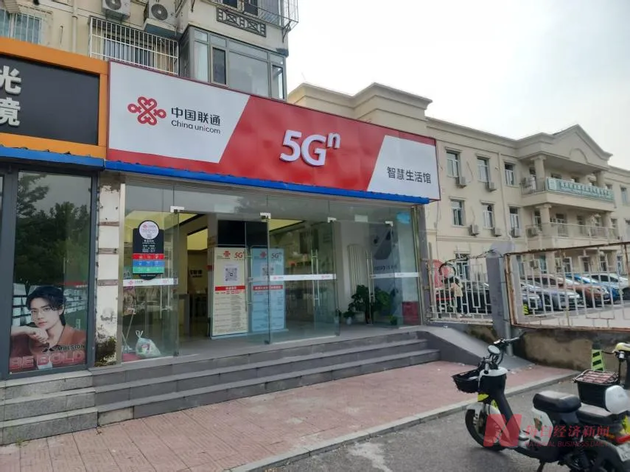Apple's new iPhone Air, the company's first smartphone to drop the physical SIM slot and rely solely on eSIM technology, has sparked debate in China over the future of "SIM-free" devices.
Staff at a China Unicom store said to National Business Daily (NBD) that the telecom operator is technically ready for eSIM services but are still awaiting guidance from regulators. The person also noted that details such as how many virtual numbers a single device can hold are still under review.
Industry insider noted that while eSIM offers benefits such as slimmer designs and improved waterproofing, regulators remain cautious due to security concerns and the potential disruption of operators’ business models.

iPhone Air (Photo/Snapshot at Apple's website)
eSIM in China: Ready for Prime Time or Still in Limbo?
Domestic handsets still lack built-in eSIM support.
The iPhone Air is seen as catalyst for the popularization of eSIM in China, but China launch is on hold pending final approvals. Apple said it is "waiting for the green light".
Chinese telecom operators tell NBD the tech is mature, they're simply "waiting for official notice".
Independent telecom analyst Fu Liang said the Apple Air itself feels somewhat underwhelming. He pointed out that the Air has pared-back features compared to the iPhone 17 series and comes at a higher price under the same configurations, making its market appeal questionable.
Analysts add that the bigger question is whether Chinese manufacturers will follow suit.
On September 13, National Business Daily contacted manufacturers including Huawei, OPPO, vivo and Xiaomi. OPPO has signaled it will release its first eSIM-supported models later this year, while other domestic brands remain noncommittal.
Will eSIM Unleash Fierce Battle Among Carriers? Industry Insider: Impact Will be Limited

A China Unicom store (Photo/NBD reporter Yang Hui)
Industry insiders note that while eSIM offers benefits such as slimmer designs and improved waterproofing, regulators remain cautious due to security concerns and the potential disruption of operators' business models.
Looking back at the development of eSIMs in China, the country's three major telecom operators were once actively exploring the technology years ago, but the technology was then put to a standstill.
A research report published by Minsheng Securities in August of this year summarized two key reasons for the suspension: First, eSIMs reduced user stickiness, which erodes the operators' dominance; Second, eSIMs brought security risks in early adoption, where malicious actors exploited OTA (over-the-air) vulnerabilities to register eSIM numbers in bulk with fake identities for use in telemarketing fraud and spam messages.
Additionally, some industry insiders believe that if Apple were to lead the way on eSIMs in China, it would make number portability much more convenient, thus intensifying competition and potentially reshaping the domestic carrier landscape.
Fu Liang held a different view. He argued that China's current communication service system is already robust, and even if a physical SIM card is damaged or lost, it doesn't significantly impact the user. He believes that the main factors influencing a user's choice of carrier are still signal strength and plan value.
Fu Liang stated that even with eSIMs, there wouldn't be much of a boost to number portability. He pointed out that even a user with an eSIM-enabled device who opens a new line would likely have to sign a two-to-three-year contract with the carrier.
As for security, Fu believed that if eSIMs are to be rolled out in China, they must comply with the same real-name registration requirements that apply to physical SIM cards.
Looking at the future development of eSIMs, Fu Liang said the technology has potential in enabling thinner and lighter phones. He predicts that eSIMs will most likely be featured in mid-to-low-end, high-volume models. "eSIMs aren't meant to solve high-end issues; they're meant to solve usability issues," he said. "The market for mid-to-low-end phones that focus solely on a thin and light design, even if they sacrifice some functions, can still exist."


 川公网安备 51019002001991号
川公网安备 51019002001991号





